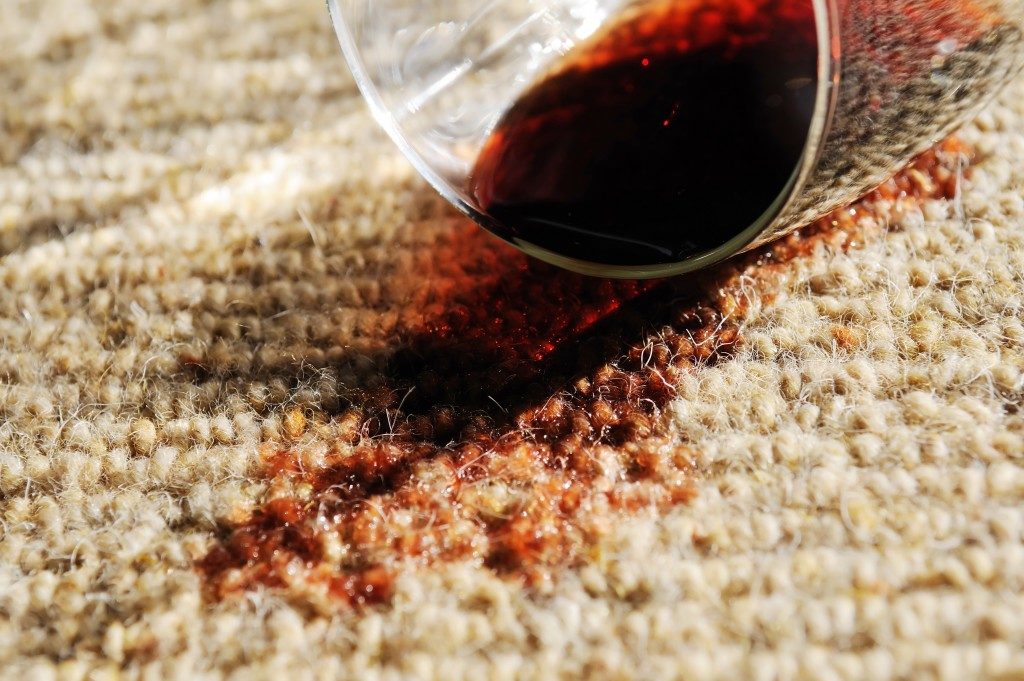Stains can set if left unaddressed or exposed to the right conditions, which can permanently mar the appearance of clothes. Quick action not only prevents the setting process from progressing but also remove the stain thoroughly without causing the clothes damage.
Stains are a nightmare for most people as they can mar the appearance of their favourite clothes. In the wake of an especially disastrous stain, you might feel the immediate urgency to have it cleaned for fear of the stains becoming too much to remove. Countless remedies (today touted as life hacks) can be found floating online on removing stains from clothes while you’re still wearing them; use them only if you are absolutely sure that they would work.
When encountering a stain, quick action can help you prevent it from becoming permanent while making it easier to wash off. A laundry and dry cleaning service, meanwhile, can help remove especially difficult stains and stains that appear in sensitive or complex clothing.
Take Immediate Action
When dealing with a stain, it is tantamount that you prevent it from setting. This refers to the process of the staining material bonding chemically with the fabric, which effectively makes the stain permanent. A similar process plays in affixing a specific dye onto fabric. One common example of a stain setting is derived from sugar. When ironed or exposed to extreme heat, a stain containing sugar would leave a permanent brown stain as the remaining sugar caramelizes. Similar stains can emerge from oxidation, though these are often not completely permanent and can be removed—albeit with difficulty without professional help.
The moment that a stain appears, you should immediately act to remove as much of the staining material almost immediately. The stain should be blotted out to prevent it from spreading and becoming embedded into the fibers; do not apply pressure to or scrub too hard. Because many staining materials can set in the application of heat, avoid any and all sources of extreme heat when initially removing the stain.
Immerse in a Solvent

To prevent stains from lingering long enough to set, they should be washed off as soon as possible. The stain should be immersed in an appropriate solvent. This can vary considerably between stains. Grease stains, for instance, dissolve in oil, while other types of stains dissolve in water. Specific types of stains such as those left by bodily fluids would often need a specific type of detergent to fully remove.
In the absence of the appropriate solvent, water—being very common—is often the next best thing. It is the only solvent that can be safely used to rinse stains without prior testing. Choose running water that’s room temperature or lukewarm; hot water should be avoided.
Emergency spot cleaning can be done with a range of household chemicals, albeit with some degree of caveat emptor. Always test a substance on an inside patch or unobtrusive seam before use, and use water when no other item can be safely used.
As a general rule, commercial laundry products such as stain sticks are often the better option for spot cleaning as they are designed to be used on textiles. When in doubt, check the care guide on the label to see if there are any specific care instructions for your clothes or the labels in the stain stick for any contraindications.
Get Professional Help
Once you’ve taken care of most of the stain, seek help from a laundromat or dry cleaner immediately. Professional assistance can prevent setting and provide a more thorough removal of the stain. This is especially critical for delicate clothing made of sensitive textiles such as silk or complex types of clothing like suits or gowns.

